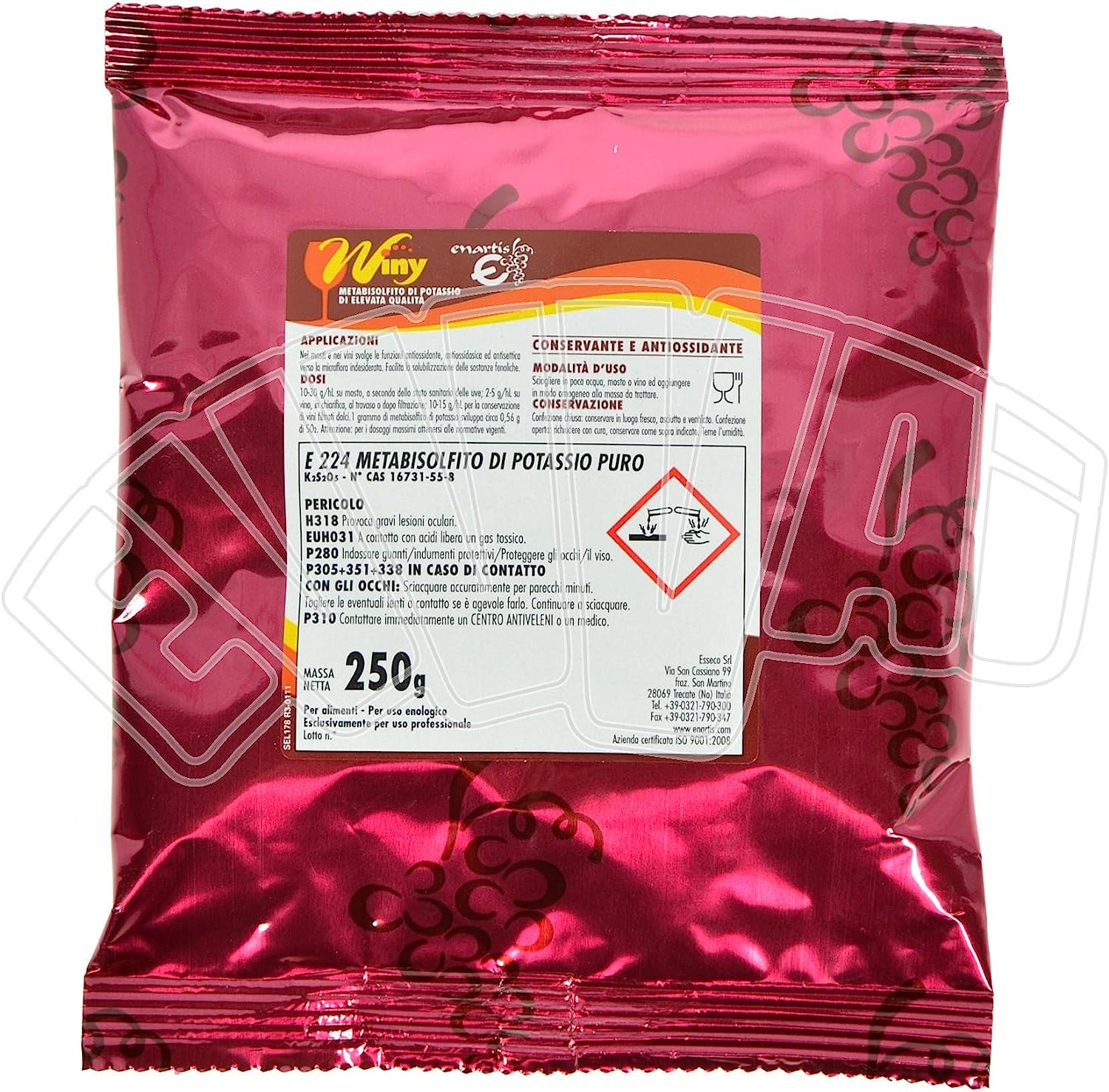Hello! Some time ago I tasted hydromel for the first time in a pub and I loved it.
I looked it up and I tried to make 5 liters on my own but I need a little help. I need to tell you that I didn't do anything that would allow me to measure the alcoholic degree.
I will tell you what I used in short:
* 4 liters of water
* 2 Kg of mixed flowers (wild flowers) honey
* Between 3 and 3.2 grams of yeast for hydromel
The hydromel has been sitting in a 5 liters bottle for 1 month, then as recommended I transferred it into another 5 liters bottle trying to get rid of the deposit at the bottom of the first bottle (and I failed at it). In both cases, I used a bubbler cap. Now it has been almost 2 weeks that it is sitting in the second bottle and, as far as I know, it is time to transfer it in smaller bottles and leave it alone for at least 3 months. I will transfer it in the bottles by filtering it through a funnel with a cloth filter that I bought, hoping that this way the deposit at the bottom of the bottle will be caught in the filter.
My doubt now is the following: after one month and half the hydromel is still bubbling.. I see one bubble every 15-20 seconds, is this normal? Is it safe to transfer it into the smaller bottles?
After transferring it into the smaller bottles, do I have to seal the bottle with a proper cap (those plastic caps with the rubber gasket)?
Thank you for your time
I looked it up and I tried to make 5 liters on my own but I need a little help. I need to tell you that I didn't do anything that would allow me to measure the alcoholic degree.
I will tell you what I used in short:
* 4 liters of water
* 2 Kg of mixed flowers (wild flowers) honey
* Between 3 and 3.2 grams of yeast for hydromel
The hydromel has been sitting in a 5 liters bottle for 1 month, then as recommended I transferred it into another 5 liters bottle trying to get rid of the deposit at the bottom of the first bottle (and I failed at it). In both cases, I used a bubbler cap. Now it has been almost 2 weeks that it is sitting in the second bottle and, as far as I know, it is time to transfer it in smaller bottles and leave it alone for at least 3 months. I will transfer it in the bottles by filtering it through a funnel with a cloth filter that I bought, hoping that this way the deposit at the bottom of the bottle will be caught in the filter.
My doubt now is the following: after one month and half the hydromel is still bubbling.. I see one bubble every 15-20 seconds, is this normal? Is it safe to transfer it into the smaller bottles?
After transferring it into the smaller bottles, do I have to seal the bottle with a proper cap (those plastic caps with the rubber gasket)?
Thank you for your time
Last edited:









